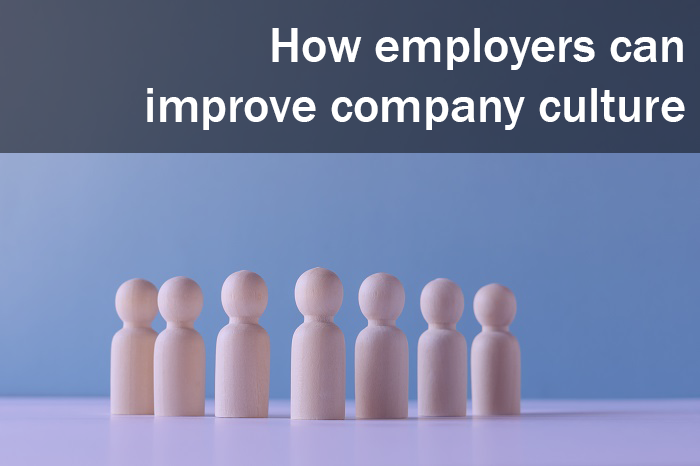Let’s start with this thought: There is no such thing as firing well.
You may have selected this article hoping it offered a magic wand to make your job easy–either alleviating your guilt as the firing manager or offering some painless medication for the person you are about to fire. But it doesn’t work that way … Firing is messy, awful business. You can’t fire well and you shouldn’t try.
Spring HR Tech is coming soon. Register here.
So, you ask, “Why call this ‘firing well’ if you can’t offer any solutions?” My intent is to instead prepare you for reality and get you in position to treat the person as you would like to be treated; leave them their dignity and help them move forward. I’ve been an HR leader for 25 years and these are the lessons learned from someone who has fired more people than you can imagine. And many of them come back to thank me.

Most companies don’t have a plan for delivering bad news. They rely on Legal or HR “procedure” to craft a cookie-cutter experience and to try to insulate themselves. They are afraid to train managers for the real termination experience because it is “negative.” By focusing on the company and the legalities of a termination, companies often seem hell-bent on making a bad situation worse–and encouraging bad outcomes in the process.
Related: Six ways the pandemic will make companies more human
All you need to do is follow this golden rule: Fire others as you would want to be fired yourself.
To that end, here are four pieces of advice for managers about firing well.
The firing discussion isn’t a performance review. Don’t approach the moment of termination like a lawyer laying out her case. If you say something like, “Chris, your performance has been below our expectations for six months, you failed to meet these metrics, and two of your direct reports had negative feedback about your handling of the Acme project,” all Chris will hear is, “I’m being fired, I’m being fired, I’m being fired.” He’s not appreciating your performance review at this moment. Further, giving this review is going to be hard on you and for no good reason. Save that for another day.
Just be kind. Say, “I’m sorry, Chris. This job didn’t work out. You’re a good person and you’re going to get another job. It’s just not working for you here. We can talk through the specifics of your performance later if you would like, but today will be your last day working for us. I’d suggest you take some downtime to clear your head before we talk again. In the next few days, when you are ready, I am here to help you get you to that new place.”
Related: Are annual reviews a thing of the past?
Chris just got fired, but he’s more likely to leave the second conversation in a positive frame of mind than he would after a cold rehash of his poor performance–which has probably been discussed and documented more than once. And in fact, from my experience, most people who lose their jobs do go on to better ones somewhere else. It should be your mission to continue to work with this person so they get settled elsewhere. That is the badge of a good company and a commitment you should make to your people.
Encourage the emotional stages of grief. The way many managers plan for a termination seems designed to strip out the emotion of it. But emotion doesn’t fade with your preparedness, and emotion is … emotional. If you learn to expect that there will be emotion and that it is your job to help handle the emotion, it can flow freely and be healthier for the employee and also for you as the person firing.
Here’s why: When someone is told they’re being fired, they will cycle through stages of grief–denial, shock, anger, sadness, acceptance–sometimes before the discussion has even ended. Some people will take longer to absorb; some people move so rapidly that you can see the stages in brief bursts of expression on their faces. But everyone goes through this cycle–even if they knew the termination was coming.
Your job, for the sake of the employee and the company, is to get them to the stage of sadness. It’s a sad day; you are sad and they are sad that this didn’t work out. People who get stuck in the disbelief and anger stages of the process don’t move on with their lives, and sometimes they look to attorneys to help them move on. Your empathy and willingness to help them will go a long way toward moving them through the stages to a positive end.
The best thing a manager can do is accept these expressions of emotion will come as part of the process and treat this journey respectfully.
The person leaving is not a criminal. Look, at 9 a.m., the person being let go was an employee with good intentions, a friend, and someone you trusted with access to your building and your systems. After you let them go, they don’t suddenly become a criminal. If they’re taking the news in stride, let them say their goodbyes. Trust them to leave the building when they’re ready. Don’t shut off their access to computer applications without any warning, but be transparent: “Our process is to turn off systems for anyone being let go. That’s happening right now and I don’t want you to be shocked when you leave the room. If there are personal items on your computer, emails you need or anything at all that concerns you, IT is ready to help you.”
You will find that the vast majority of employees just want to leave your employ in a positive way. Help them tell their “story:” They have a family situation that requires their attention, they were already looking for another job, or they want to take some time off. There is usually no reason for you to say anything negative about the person leaving or ensure that everyone knows they were fired. Not only will this help the person to their new role, as you committed to doing, it will also make the remaining employees feel good about the process and how they will be treated in the future.
My point is, keep in touch with fired employees and help keep them focused on the future. It’s just the right thing to do.
You can tell a lot about a company by how it fires people and how those ex-employees feel about the process and their manager after the dust settles. By following these four principles, organizations can deal more effectively with one of the hardest things they’ll ever have to do.



